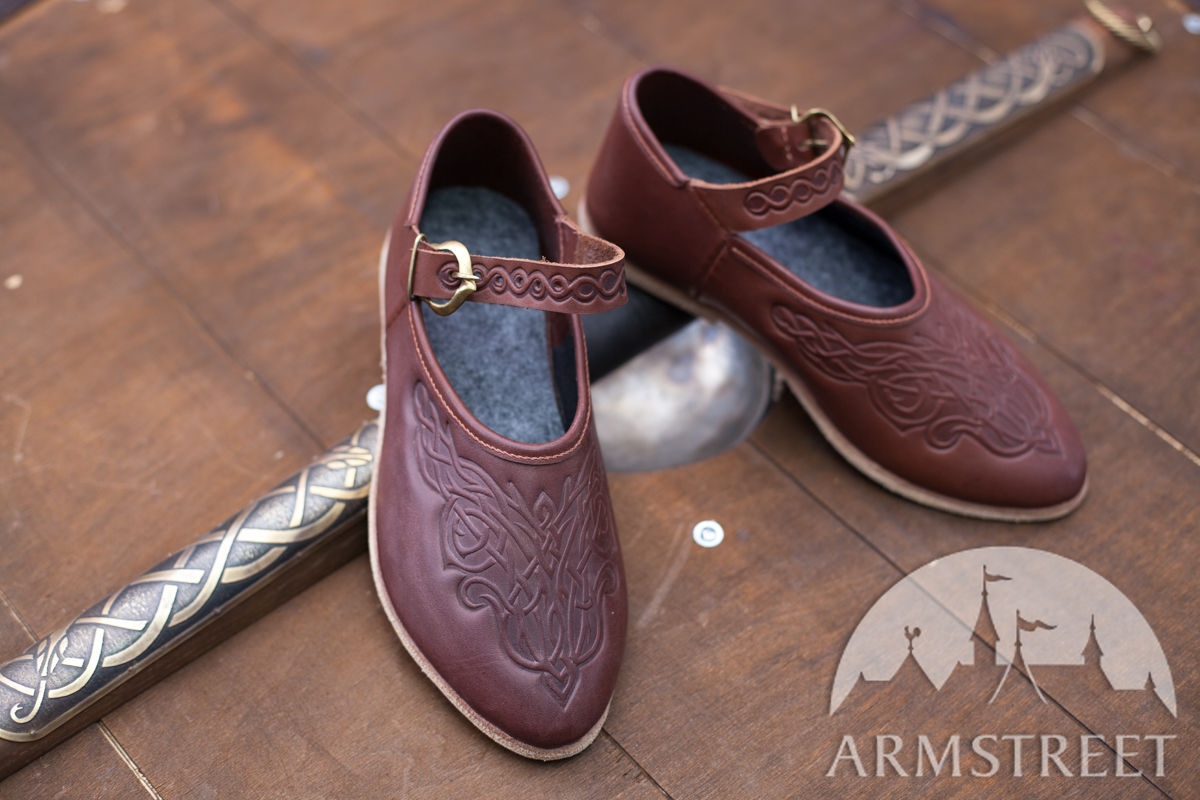

Why are you putting your internal hip rotation into your low back (pain)? What do the hip flexors have to do with the knee extensors ?

We often say that arm swing should not be coached early on. Why a quick treadmill analysis of someone's gait will lie to you. Podcast 166: Senile Degeneration of afferent mechanoreceptors.įatigue matters. Podcast 167: Is symmetry important for biomechanics and energy utilization? Left micro fracture and meniscal repair in a patient with lateral knee pain More tibial torsion = a change in progression angle.Ĭan you guess why this patient has lateral heel pain? Want more stability when trail running (through snow)? Try this… snow running Podcast 168: Gait Speed, hip extension, and A New Dawn Podcast 169: Foot muscles, core strength and more We often see this in teenagers in flip-flops. One has to be careful if they perch the foot out in front like he does in the slower demonstration, in a plantarflexed ankle and foot, one can easily begin to lock up the knees. He gets a few things wrong in the video, in terms of "ease" of walking, but largely it is decently done. This makes it easier, yet undesirable, to heel "strike" first. Yet, since most of our shoes have some form of heel lift (a heel to forefoot drop), particular dress shoes (yes, even men's dress shoes, see photo), and even many modern day running shoes, the heel is essentially made more prominent (the heel rise essentially makes the brain think our heel (calcaneus) that much longer. This is not exactly desirable, for many reason. If one lags the body mass behind the foot however, the foot moves out in front, and heel strike begins to naturally (or shall we say, unnaturally) out in front, more heavily. By moving the body mass forward with the foot, one has to naturally reduce heel strike. "Chi Running" and "Chi walking" are based off of this principle.

Another way around this, to reduce heel strike, is to do it more naturally, by shortening the step and stride lengths a little, by keeping the body mass over the foot strike.


 0 kommentar(er)
0 kommentar(er)
